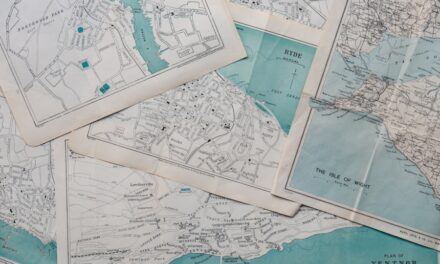The eagerly awaited 1931 census data for Canada has been officially unveiled, offering a wealth of information for genealogy enthusiasts and family historians alike. Whether you’re a seasoned researcher or just beginning your ancestral quest, find below some tips about accessing and navigating Canada’s latest census.
Since the confederation of Canada in 1867, a national census has been conducted every decade, commencing with the inaugural survey in 1871. The 1931 census represents the seventh instalment in this historical series. It’s important to note that additional censuses were conducted at the provincial or regional level during the intervening years.
Table of Contents
A PATIENT WAIT REWARDED
The amended Statistics Act of Canada strictly prohibits the disclosure of personal data from the census until 92 years have elapsed, ensuring the privacy of the living (with exceptions for individuals requiring access due to pension or legal reasons). This period is longer compared to some other countries, such as the United States (72 years) and France (75 years). As of June 1, the 92-year milestone for Canada’s latest census has been reached, and the records are now accessible.
However, it’s important to bear in mind that the release of the census does not automatically entail an immediately available, fully indexed, and searchable database. While the digitised images are available, the manual transcription of the nearly quarter-million hand-filled forms from the 1931 census is necessary to create a searchable resource.
Library and Archives Canada has received 187 microfilm reels from Statistics Canada, and these invaluable records have been meticulously digitised and organised by province, district, and sub-district. If you have an idea of where your ancestors resided, you can conveniently browse through the pages using these specific location criteria.
EFFICIENT INDEXING OF IMAGES
With over 10 million individuals enumerated in the 1931 census, reflecting an 18% population increase compared to 1921, the task of indexing this vast collection poses a significant challenge. To tackle this endeavour, LAC has collaborated with Ancestry.com and FamilySearch.
Within just 24 hours of the release, Ancestry’s advanced AI-powered handwriting recognition system generated a preliminary index. Although not flawless at this stage, it still provides a valuable starting point for researchers. Since that auspicious first day less than a month ago, diligent reviewers have been meticulously correcting the index page by page, ensuring its accuracy. The complete and updated index will be available in the upcoming weeks during this summer season.
SIMPLIFIED NAME-BASED SEARCHES
While it is possible to browse the census images based on census district and sub-district, the process becomes exponentially faster when conducting indexed searches by name. If you hold an Ancestry account, simply log in and follow this link: https://ancestry.ca/search/collections/62640/ Alternatively, you can search for the “1931 census” in Ancestry’s Card Catalogue.
If you don’t have an Ancestry account, you can still access the collection through a free limited account, sign up for a complimentary trial, or utilise Ancestry Library at your local library, Ancestry Institution at an archive, or FamilySearch Centre.
ENGLISH OR FRANÇAIS?
When conducting searches, it’s important to bear in mind that while most place names and keywords work seamlessly in English, some may yield better results when entered in French. Additionally, please remember that the population was enumerated based on permanent addresses (sometimes referred to as de jure), so individuals such as students or seasonal workers who were away from home during the census may not be included in their expected locations.
ENHANCE YOUR RESEARCH
As always, make the most of census searches by complementing them with additional supporting documents that provide addresses, such as birth, marriage, and death certificates. In the case of urban areas, try locating city directories or telephone books for added insights into your ancestors’ lives.
For more information and updates on the census indexing progress, please visit the official webpage of Library and Archives Canada.




